IEA: Natural gas prices to reach record highs yet again this year
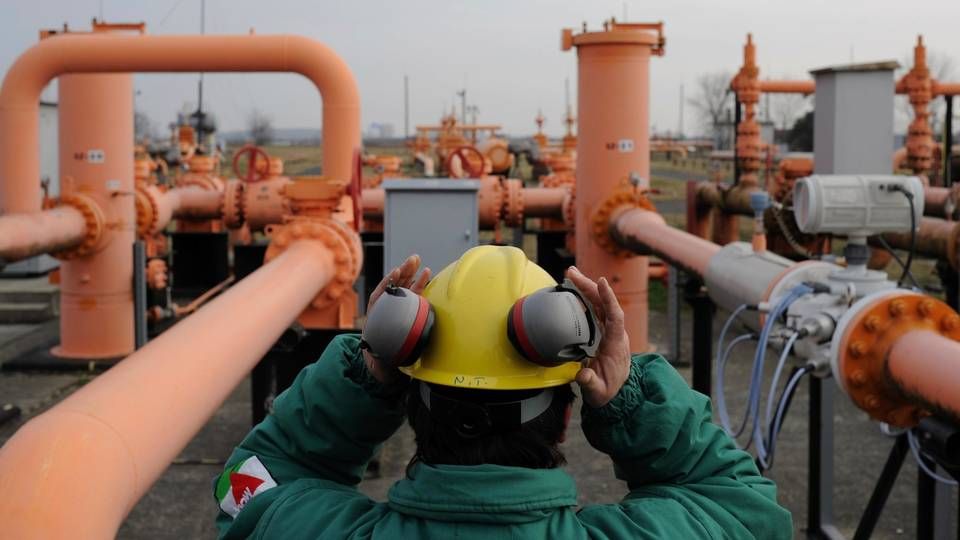
Companies and private households grappling with this winter's natural gas prices are facing more bas news.
The average price of natural gas will reach the highest level ever this year, with a sliver of hope left for the end of the year at the earliest.
This is the assessment in a newly published natural gas forecast published by the International Energy Agency.
"Restocking needs in Europe and lower liquefaction capacity additions are set to exert upward pressure on gas prices," writes the IEA in the forecast and continues:
"Lower pipeline deliveries from Russia (down by 25 percent y-o-y) and declining domestic production tightened European gas supply, which together with low storage levels led to upward pressure on gas prices."
In the US, the situation is quite different, with natural gas prices going at a much lower rate.
The IEA predicts that the average price of natural gas in Europe will come to USD 26 per metric million Btu this year – marginally lower than the expected average price in Asia of USD 27 per MMBtu.
In comparison, the average price in the US is expected to hit USD 4 per MMBtu, giving US-based businesses a significant edge over competitors in Europe and Asia.
The IEA projects that natural gas demand in Europe will fall by 4 percent to 527 billion cubic meters, which partly reflects the continued build-out of renewable energy and partly renders visible a loss of market shares because the current natural gas prices make it cheaper for power plants to burn coal.
Europe in direct competition with Asia
Industrial natural gas demand is expected to reach pre-pandemic levels over the course of the year, but the record-high gas prices have had a high impact on parts of production. As a result, several fertilizer producers chose to halt production for longer periods since they both use natural gas as a primary energy source and uses natural gas as the most vital raw material in the production of fertilizer.
Despite the prospect of lower demand, Europe will need to increase natural gas import by 2 percent, primarily to restock natural gas inventories. Europe's own production is expected to rise slightly from 204 bcm to 207 bcm on account of Norwegian and UK output expected to grow after extensive maintenance work.
According to the IEA, the prospect of continued high natural gas prices stems from the fact that Europe is now in direct competition with Asia on liquefied natural gas on the global market.
Last year, natural gas demand from China increased by 12 percent. This year, the rate of increase is expected to fall to 8 percent, and demand to reach 394 bcm. The receding rate of increase is a direct consequence of lower economic growth as well as a shift to other fuels as a result of high natural gas prices in the global market.
Natural gas crucial to transition
For Asia as a whole, the IEA expects demand to increase 5 percent to 950 bcm. 60 percent of this growth comes from China, while India, Pakistan, Indonesia, Bangladesh and Thailand also showing increasing appetite for natural gas – especially for them to phase out coal and comply with the UN Paris Agreement.
"Upstream spending directed to natural gas [showed] only a 10 percent increase from the previous year. At this level, gas-related upstream spending is less than half of what is required annually under the IEA Stated Policies Scenario (STEPS), and 12 percent lower than the amount consistent with the Net Zero by 2050 Scenario (NZE) in the 2021-2030 period," IEA underlines and continues:
"The current high price environment provides strong incentives for producers to increase upstream investment in the near term. However, demand uncertainty related to the global pandemic and the energy transition, as well as investor pressure to exercise capital discipline (in the case of US producers) and to diversify away from fossil fuels (in the case of major IOCs), could lead to a muted supplier response to high prices."
Natural gas is crucial to the transition phase, not least because emissions of greenhouse gases are half of emissions from coal, the IEA points out. But to convince investors to invest in natural gas products, governments need to recognize the role that natural gas plays in the climate transition efforts.
Opposition to 'green' natural gas
The European Commission has submitted a proposal to classify natural gas and nuclear power as 'green' in an attempt to attract the necessary investments and ensure that capital managers and institutional investors don't pull their funding, noting that they don't want money tied up in fossil industries.
The proposal has yet to be approved because several EU member nations oppose the classification change. On the other hand, they are under pressure due to record-high natural gas prices.
"Global electricity consumption rose to new heights in 2021, and this trend will continue this year due to the politically determined electrification as part of the climate efforts. However, over the past year, we have seen electricity prices get driven up by demand and issues to procure sufficient supplies of electricity," says the IEA.
The cost of this development over the past year has been record-high greenhouse gas emissions from power generation, not least as a result of increased coal consumption.
"Electricity generation from renewables grew by 6 percent in 2021, but that was not enough to keep up with the surging demand growth. The shortage was covered by a 9-percent increase in electricity from coal-fired power plants to the highest level ever recorded. As a result of this, CO2 emissions from coal-fired power plants grew by 7 percent – also to the highest level ever and contrary to the global climate ambitions," the IEA states.
Professor: Green transition infeasible without nuclear power
Germany threatens Russia with a complete halt to Nord Stream 2
Related articles
Professor: Green transition infeasible without nuclear power
For subscribers

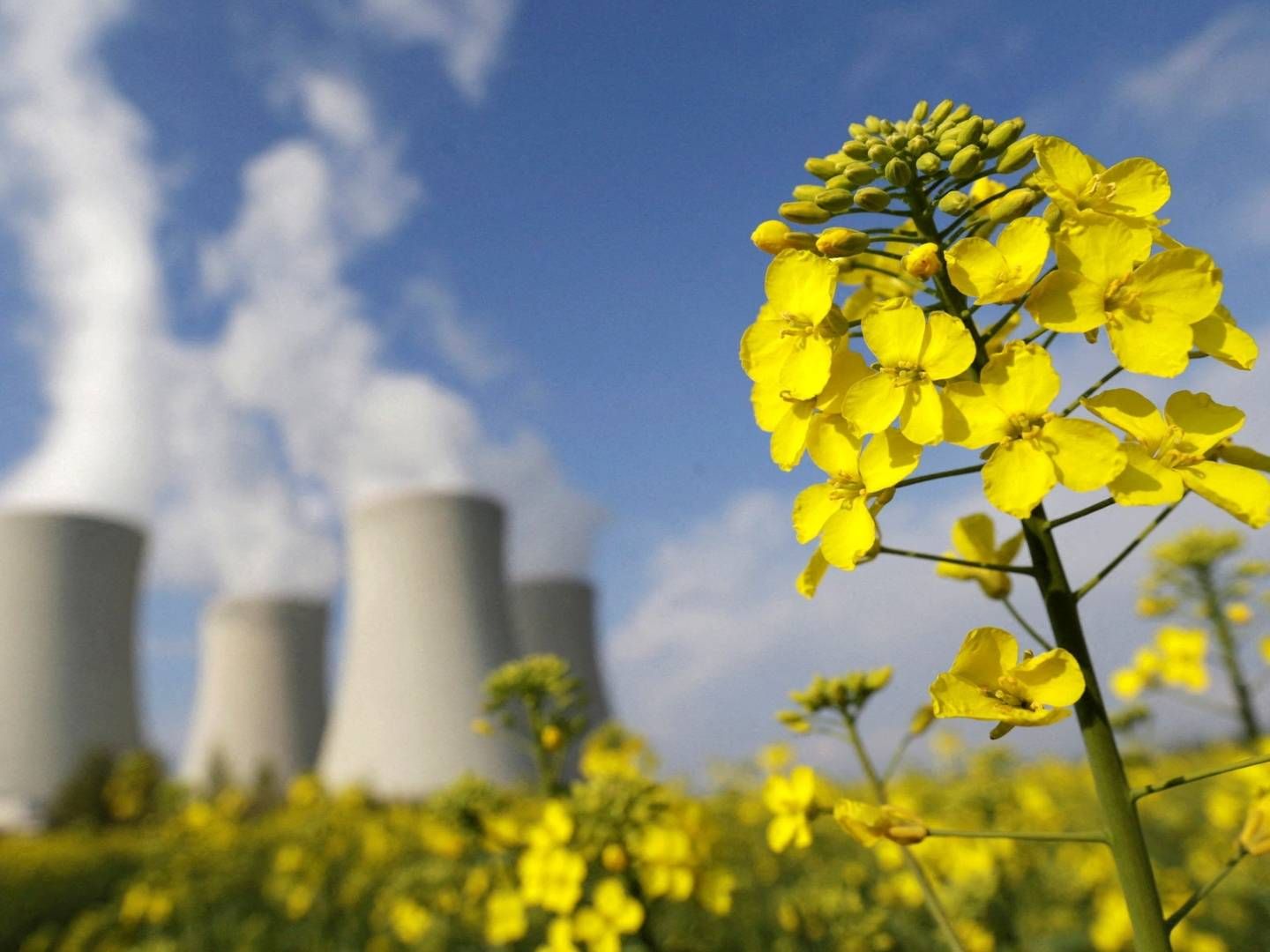
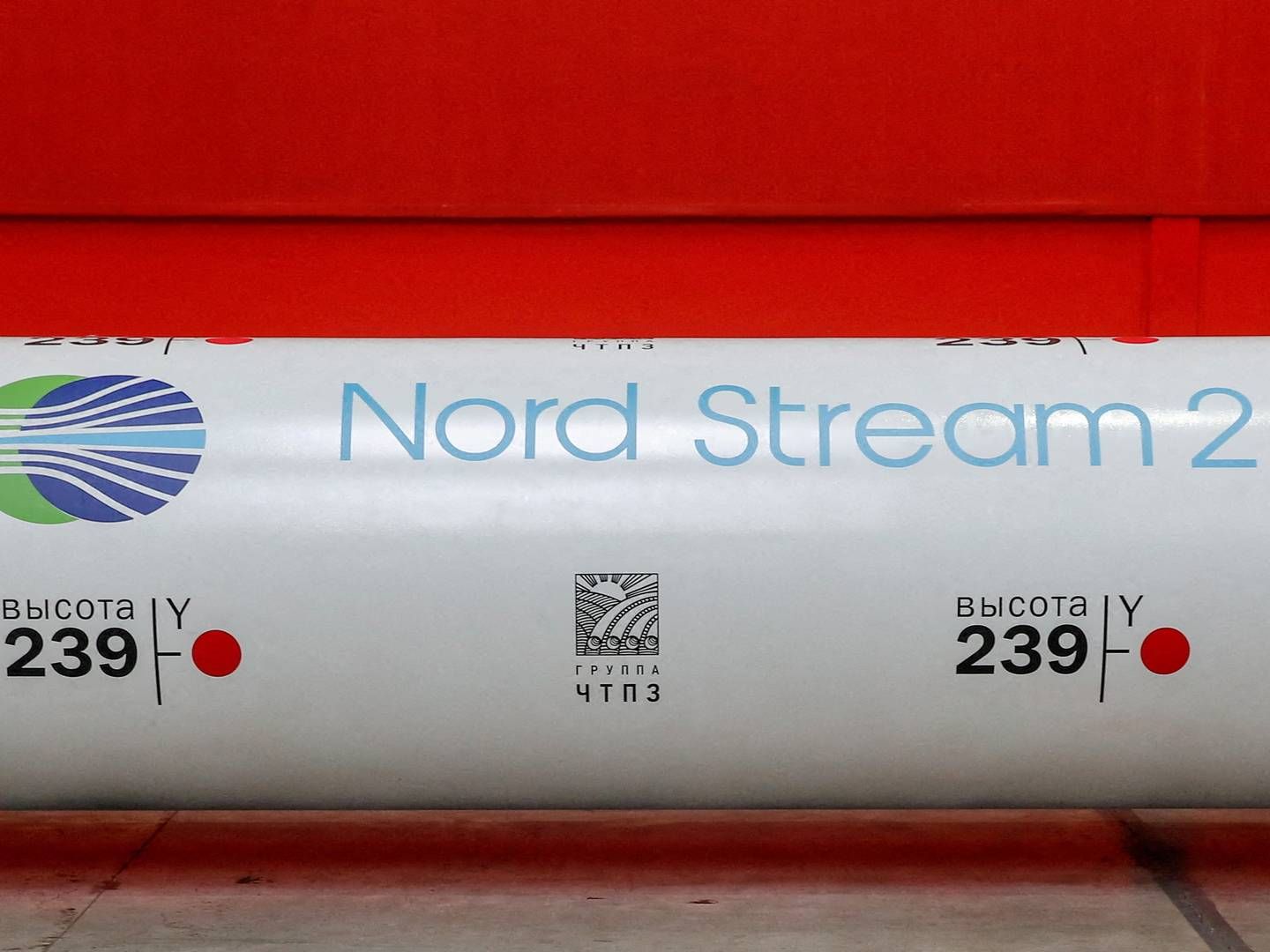
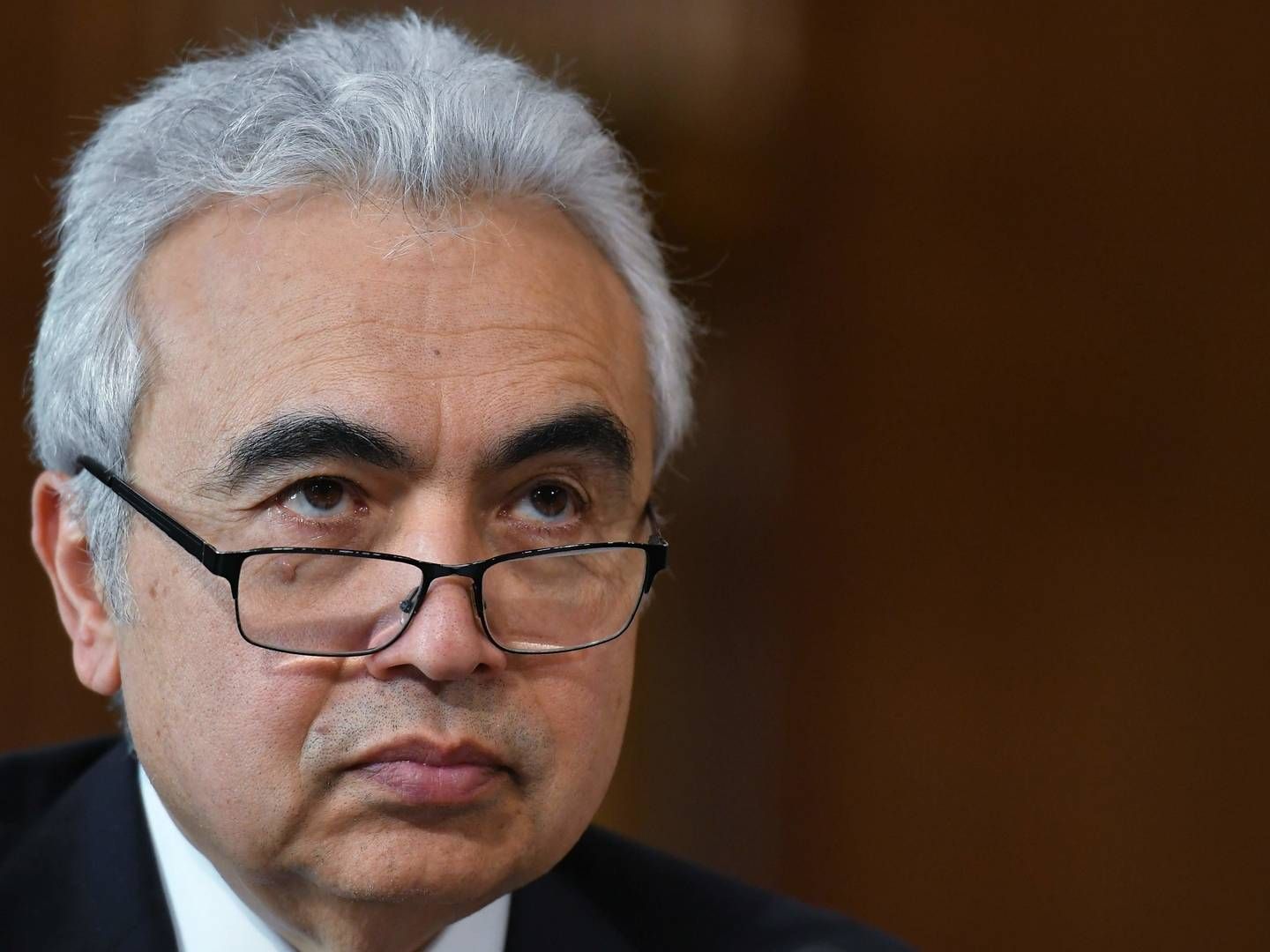














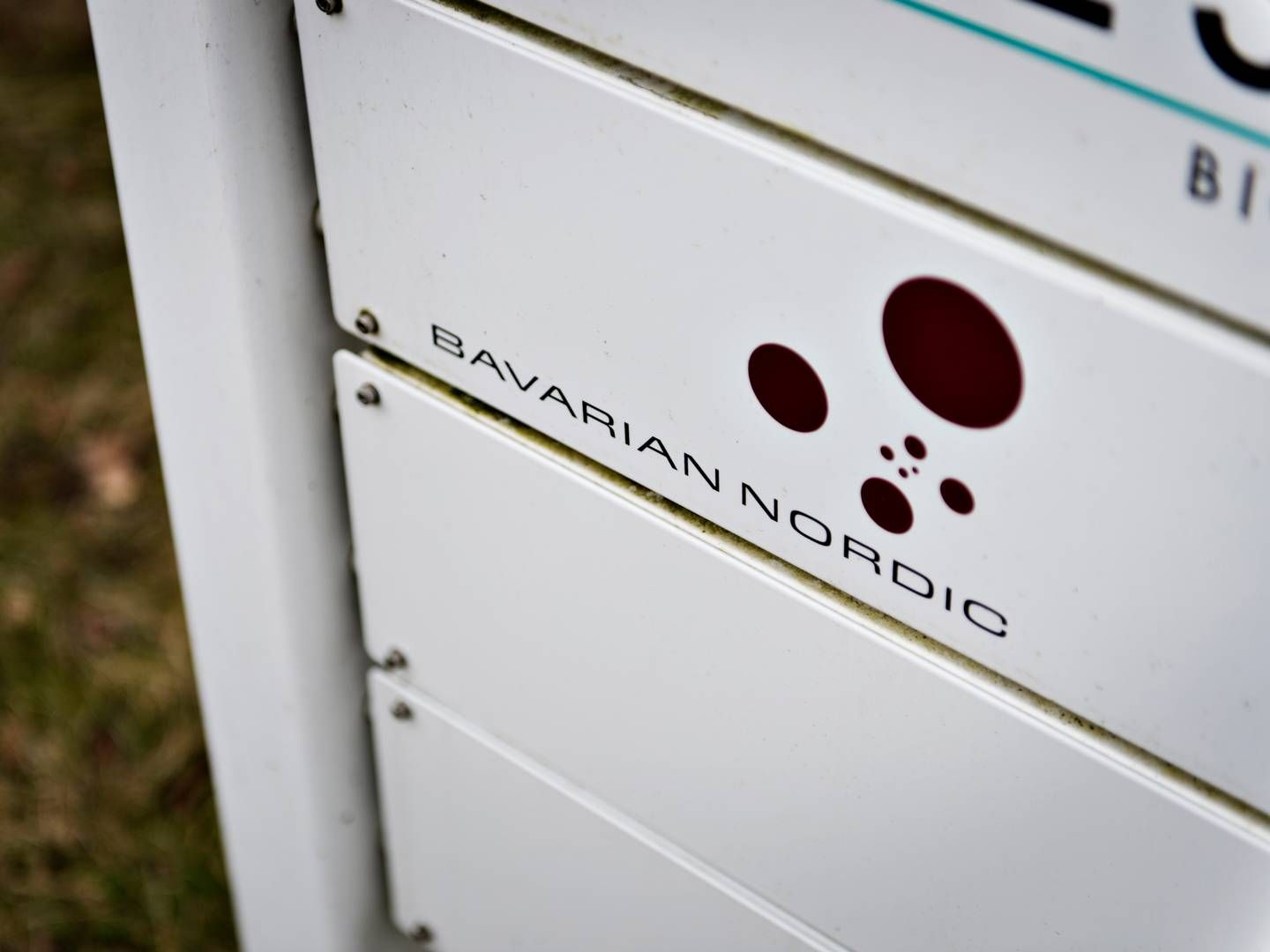

.jpg&w=384&q=75)




